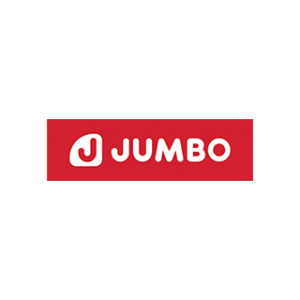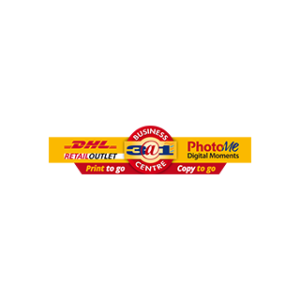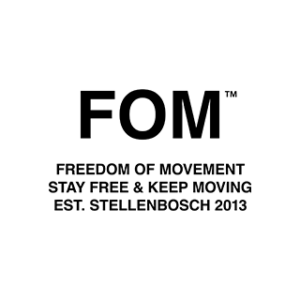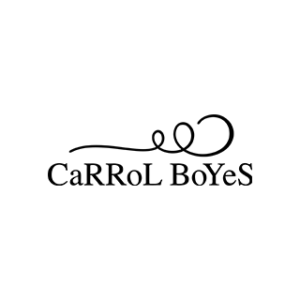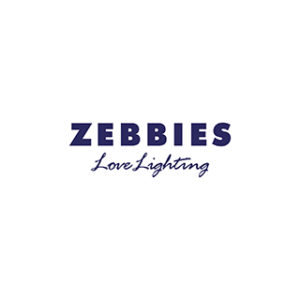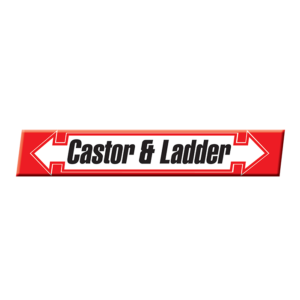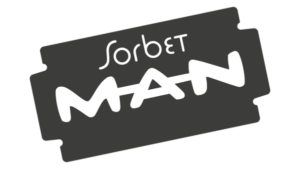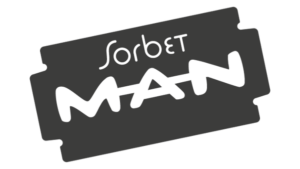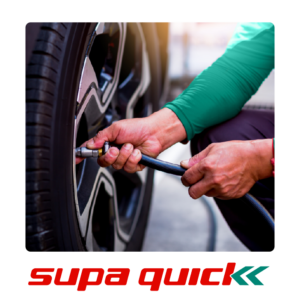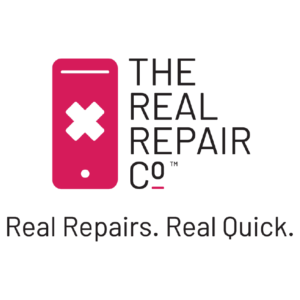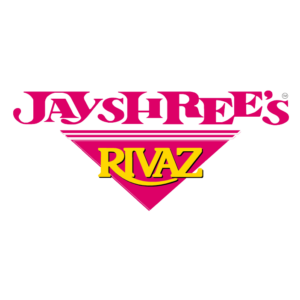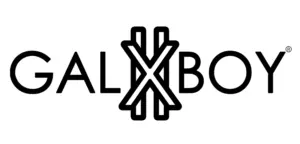Friction: The devil of any online store and how to avoid it
Online shoppers can easily get frustrated by friction, a wide range of delays and inconveniences in the shopping experience that can cause people to abandon their shopping journey before completing a purchase. Friction is said to cause 75% of cart abandonment. So in this age of digitally adept customers, a frictionless experience is essential for online stores to succeed.
What exactly is friction on an online store?
Friction refers to anything that slows down the customers’ journey through the sales funnel. Examples of this include forced registration, time-consuming authentication processes, tedious, unnecessary form-filling, as well as website quality. These measures that merchants put in place may in fact hinder the shopping journey to the point of abandonment, with the customer taking their business elsewhere.
Checkout friction
According to a recent Salesforce report, “State of the Connected Customer”, over 74% of shoppers would switch brands if they found the checkout process too cumbersome. And why, after spending so much money to acquire a customer, would you want to risk losing them by exacerbating the payment process? Consumers want to be able to reach the products and services they need as painlessly as possible, with a seamless integration between physical and digital that allows speed and ease. Make sure that shipping costs are clear, that there are not too many clicks to checkout, and that checkout is optimised for mobile.
Payment friction
The payment process needs to be as seamless and easy as possible. But for many South Africans, access to a credit card is a major barrier to entry. This can easily be resolved by catering to various payment methods. The advent of payment techniques like Payflex, an innovative payment solution that avoids the credit trap, is lowering the barrier to entry for almost all shoppers. Payflex offers a ‘Buy-Now Pay-Later’ (BNPL) solution that offers interest-free, zero-fee shopping with no catches.
Purchase friction
Consumers in the purchase stage are in checkout mode and one of the biggest reasons for cart abandonment here is lack of stock availability. Out-of-stock items will cause them to move on to your competitors, even if the price is a little higher.
Influencer friction
In addition, in this age of the customer, millennials, or alpha-influencers as they are otherwise known, have a huge influence on the behaviour and purchasing decisions of their social circles. This means that a poor customer experience has an immeasurable negative ripple effect for brands.
Psychological friction
Friction also includes all the emotions, doubts and hesitations people have about purchasing a product. For example – Is this really worth the money? Will it break/work? What if it doesn’t fit? Can I trust this retailer? Is this a scam?
The best way to eliminate this type of friction is to address the consumers’ doubts and pain points with relevant content, images, testimonials, customer reviews, how-to videos and more. Give them the full information in the format they want to receive it in, so they can convince themselves without any confusion or frustration.
Additionally, social proof is powerful. Show impressive numbers, like how many happy customers you’ve got.
Conclusion
It’s critical to remove the barriers that are stopping your customers from progressing to the next step. Understanding your shoppers is essential to removing friction and improving their experience. We highly recommend conducting a thorough review of your website and mobile customer journey. This will help identify inefficiencies and pinpoint exactly where common drop-offs occur. From there you will need to formulate a strategy that reduces friction and improves the customer experience. Customer centricity is the modern-day currency. Ultimately, companies that are unable to provide a frictionless experience are not going to be in it for the long haul.



